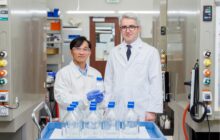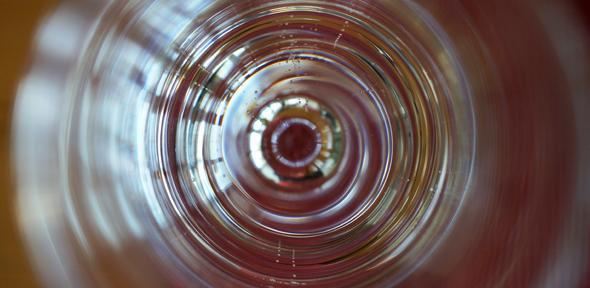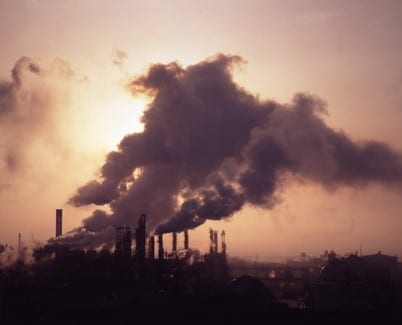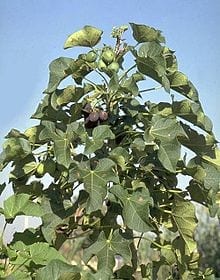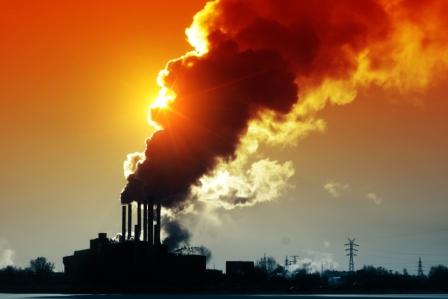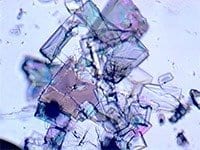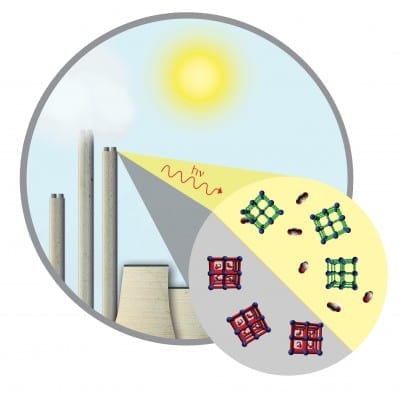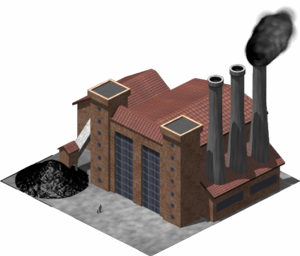In a joint research study from Sweden, scientists from Chalmers University of Technology and Stockholm University have developed a new material for capturing carbon dioxide. The new material... Read more
A new method of manufacturing glass could lead to the production of ‘designer glasses’ with applications in advanced photonics, whilst also facilitating industrial scale carbon capture and s... Read more
Norway’s first full-scale facility for CO2 capture may be built at Norcem’s cement factory in Brevik. Four technologies are being tested. Membrane-based technology developed at NTNU is one o... Read more
UC Berkeley chemists have made a major leap forward in carbon-capture technology with a material that can efficiently remove carbon from the ambient air of a submarine as readily as from the... Read more
Large plantations might pull CO2 out of the air A recent study by German researchers presents the possibility of “carbon farming” as a less risky alternative to other carbon capt... Read more
Bioenergy with carbon capture and storage (BECCS) can reverse the global warming trend and push temperatures back below the global target of 2°C above pre-industrial levels, even if current... Read more
An innovative new process that releases the energy in coal without burning — while capturing carbon dioxide, the major greenhouse gas — has passed a milestone on the route to possible commer... Read more
Chemists at the University of South Florida and King Abdullah University of Science and Technology have discovered a more efficient, less expensive and reusable material for carbon dioxide (... Read more
The discovery that sea urchins use Nickel particles to harness carbon dioxide from the sea could be the key to capturing tonnes of CO2 from the atmosphere. Experts at Newcastle University, U... Read more
Countries have been slow to embrace the costly plants A demonstration power plant is about to fire up in Tianjin to create syngas, while the UK has relaunched a carbon-capture-and-sto... Read more
Algae eats CO2, and then it makes fuel. Where do we have a lot of CO2? Spewing out of coal power plants. Now OriginOil is working to use those emissions to feed algae and ramp up the... Read more

